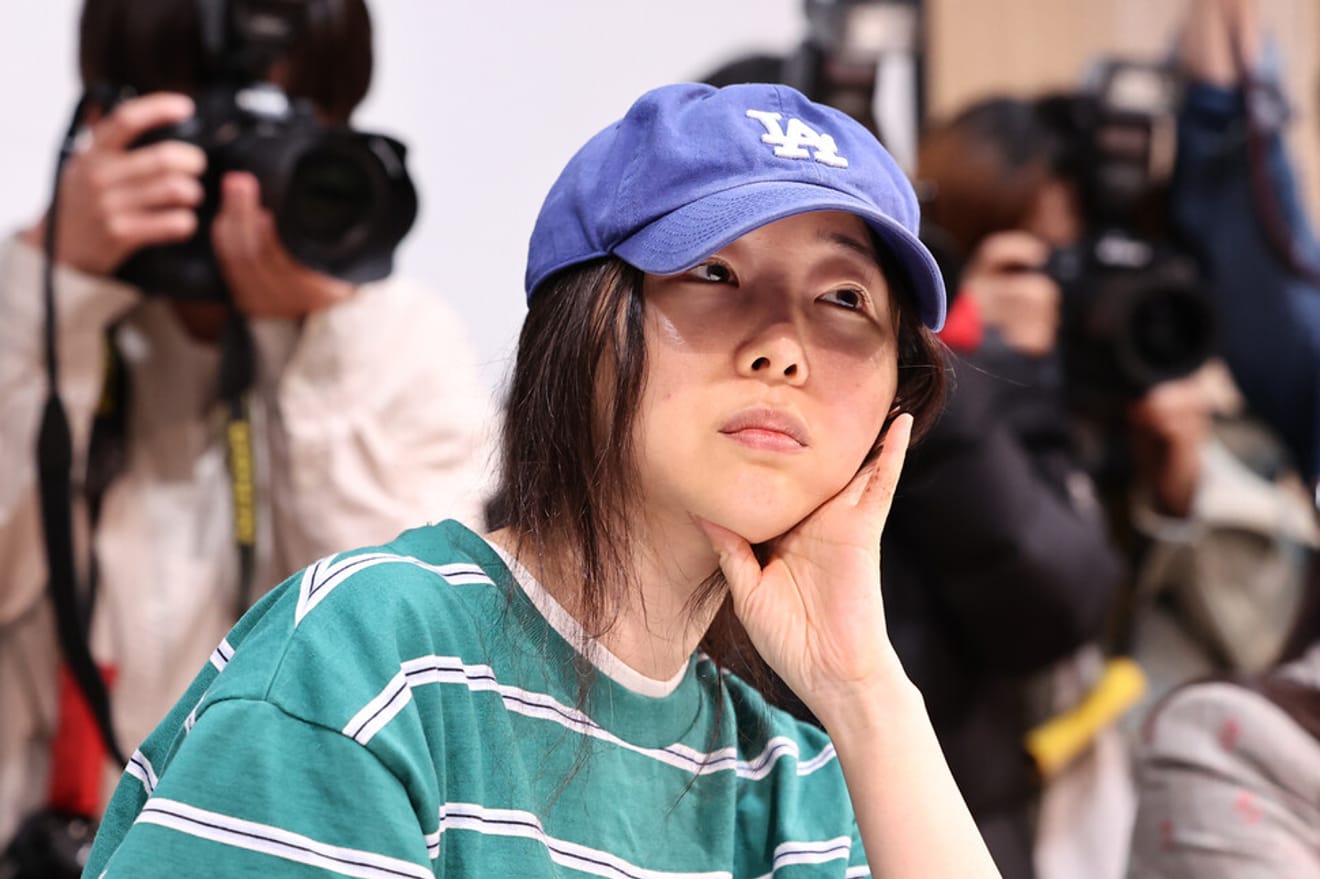- [기고] 민희진 대표는 '거버넌스'를 언급했다
- 거버넌스는 단순히 기업의 공식적 요소인 '지배 구조'를 의미하지 않는다. 기업 법률 및 재무를 전문으로 연구한 경제학자 Margaret M. Blair는 Governance를 '소유가 분산된 기업에서 누가 최종 의사결정권을 행사하고 수익과 위험을 어떻게 배분할 것인가를 규정하는 법적, 제도적, 문화적 메커니즘'이라 정의한다. 나아가 양 측간 지배 구조 형성

Min Hee-jin, CEO of ADOR
Governance is not simply about the formal element of a company, 'corporate governance'. Economist Margaret M. Blair, who specialized in corporate law and finance, defines governance as 'the legal, institutional, and cultural mechanisms that define who exercises ultimate decision-making power and how profits and risks are allocated in a company with dispersed ownership.'
Furthermore, in the formation of governance structures between the two parties, she explains in her book, Ownership and Control, the need for discussion on subjective criteria such as 'fairness' and 'fair play'.
This signifies the relevance of the issue of 'organizational culture integration,' which is also a core aspect of successful M&A. By highlighting 'what is fair' and 'what constitutes fair play that does not erode the industry itself,' CEO Min Hee-jin seems to be the only one who understands the importance of 'culture integration,' mentioning shareholder interests and breach of trust within a merger structure that is only multi-label in form.
Companies have formal elements that they can control most.
- Governance structure
- Operating model
- Evaluation system
- Physical environment
These are visible elements that can be seen or understood in documents, such as strategies, operating models, or job descriptions. Therefore, they are the result of explicit decisions by leaders within the company and can be changed.
However, within a company, there is also an informal element called 'culture'. It consists of a set of beliefs, values, and norms that shape how individuals understand themselves in relation to others, how they behave, and what is important to the team. Therefore, it is necessary to study what is considered meaningful within the implicit and intangible aspects of the organization, the definition of 'us' and 'them,' work practices and habits, and what ideals and success mean.
- Value system
- Power dynamics
- Narrative
- Norms and beliefs
The crucial point is the current situation where this cultural integration has not been achieved.
Yesterday, South Korea witnessed a representative's outburst, filled with tears and expletives, a stage for venting frustrations for the leader responsible for an organization.
A. The Hidden Problem Has Come to Light.
HYBE, the company behind BTS's success, has successfully launched global groups such as NewJeans, Le Sserafim, and Seventeen through its multi-label structure. While the parent company and its subsidiaries appear to complement each other well and are outwardly focused on similar core competencies, technologies, and markets, it has been revealed that they actually possess very different values and behavioral patterns. CEO Min Hee-jin pointed out that the 'formula' and 'flow' for achieving success were copied, not by external entities, but by an internal subsidiary label.
B. Lost in Interpretation.
The two parties had different interpretations of the title, 'HYBE's first girl group'. CEO Min Hee-jin stated that she placed importance on this title and even planned and conducted a separate audition for it. She explained that she raised the issue out of a sense of responsibility for the promise she made to the girls and their parents who entrusted her with their future. On the other hand, HYBE, due to the nature of its governance structure, felt unfamiliar and uncomfortable with an employee who had rejected their intended members. While it was a justifiable request, it was denied as if it were taken for granted, and the heads of the two organizations grew distant emotionally.
C. Cultural Clash Occurs.
CEO Min Hee-jin reportedly expressed anger when she learned that she received 2 billion won as an incentive for her record-breaking achievements while another CEO, who had not achieved any results, received 1 billion won. Experiencing differences in incentive structures and communication styles indicates that both the formal and informal structures between the organizations are misaligned. We are currently witnessing a stark example of this underlying tension. Ironically, in the current situation, this has also become an opportunity to identify the standards that need to be changed, enabling potential synergy, but this responsibility has been passed on to HYBE.
Culture is complex and interconnected. Moreover, this case involves the cultural integration of companies that operate in an industry where creativity is synonymous with branding and competitiveness, and deal with the influence of a global fan base on a large scale.
While the multi-label system appears ideal as a formal element, the integration of informal elements that were not sufficiently considered may determine whether the industry will progress or regress in the future. It seems necessary to question whether culture is being measured and how it can be assessed.
Was it really necessary for the chairman of a company with a market capitalization of 8.8 trillion won to express jealousy over NewJeans' success in such a blatant way?
Why did the CEO, who keeps proclaiming 'I did it all,' take the role and power of the capital he received for granted?
A very human sight we often see in life, and a live outburst from a successful professional we've never seen before.
Reference:
![[기고] 민희진 대표는 '거버넌스'를 언급했다](https://img1.daumcdn.net/thumb/S1200x630/?fname=https://t1.daumcdn.net/news/202404/26/etimesi/20240426152239334nxje.jpg?width=140&height=140)
Comments0